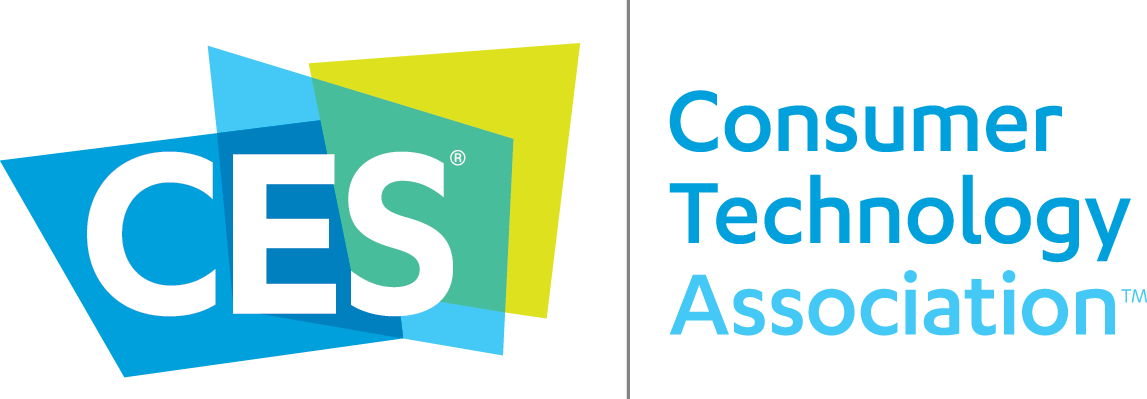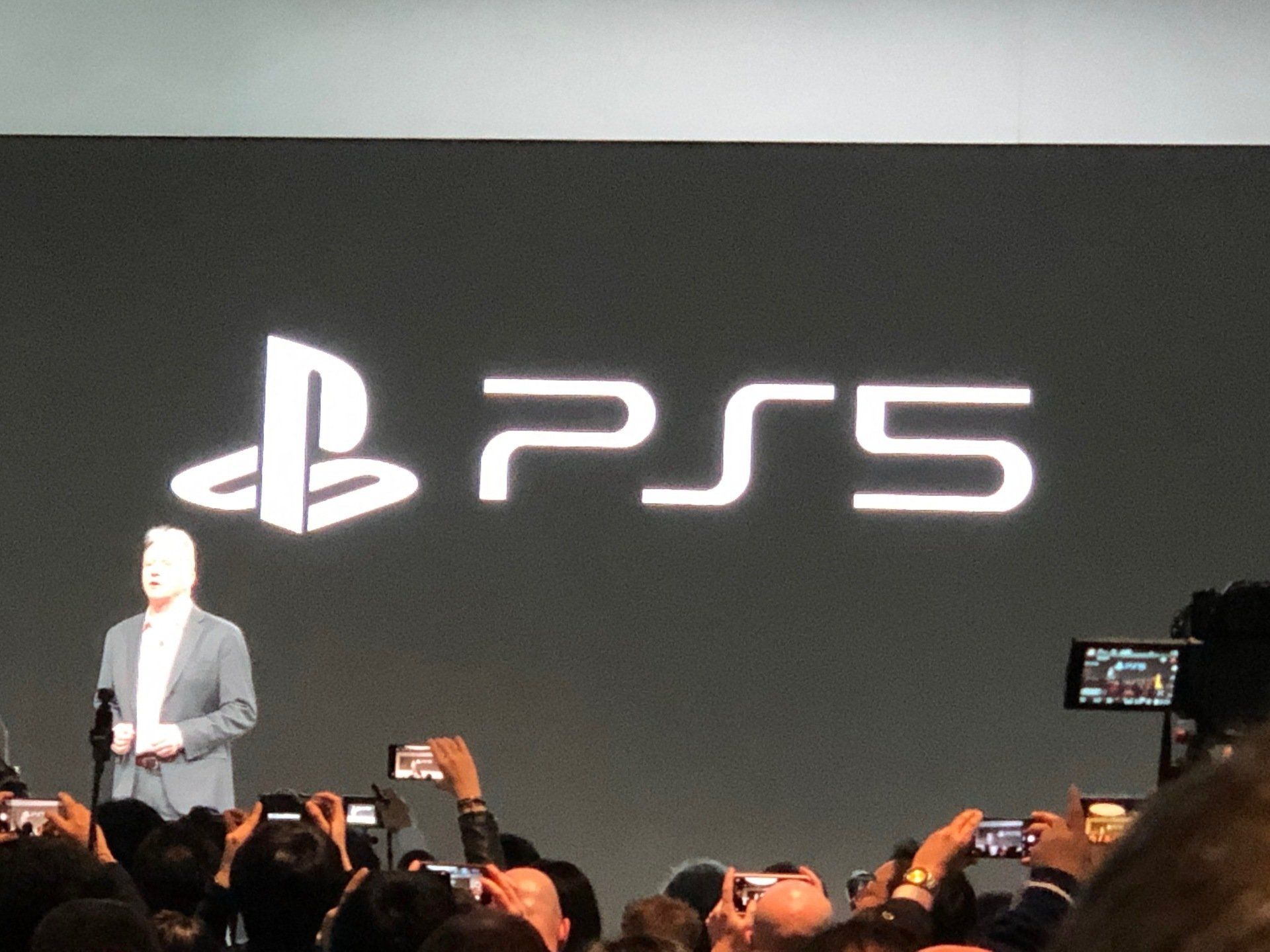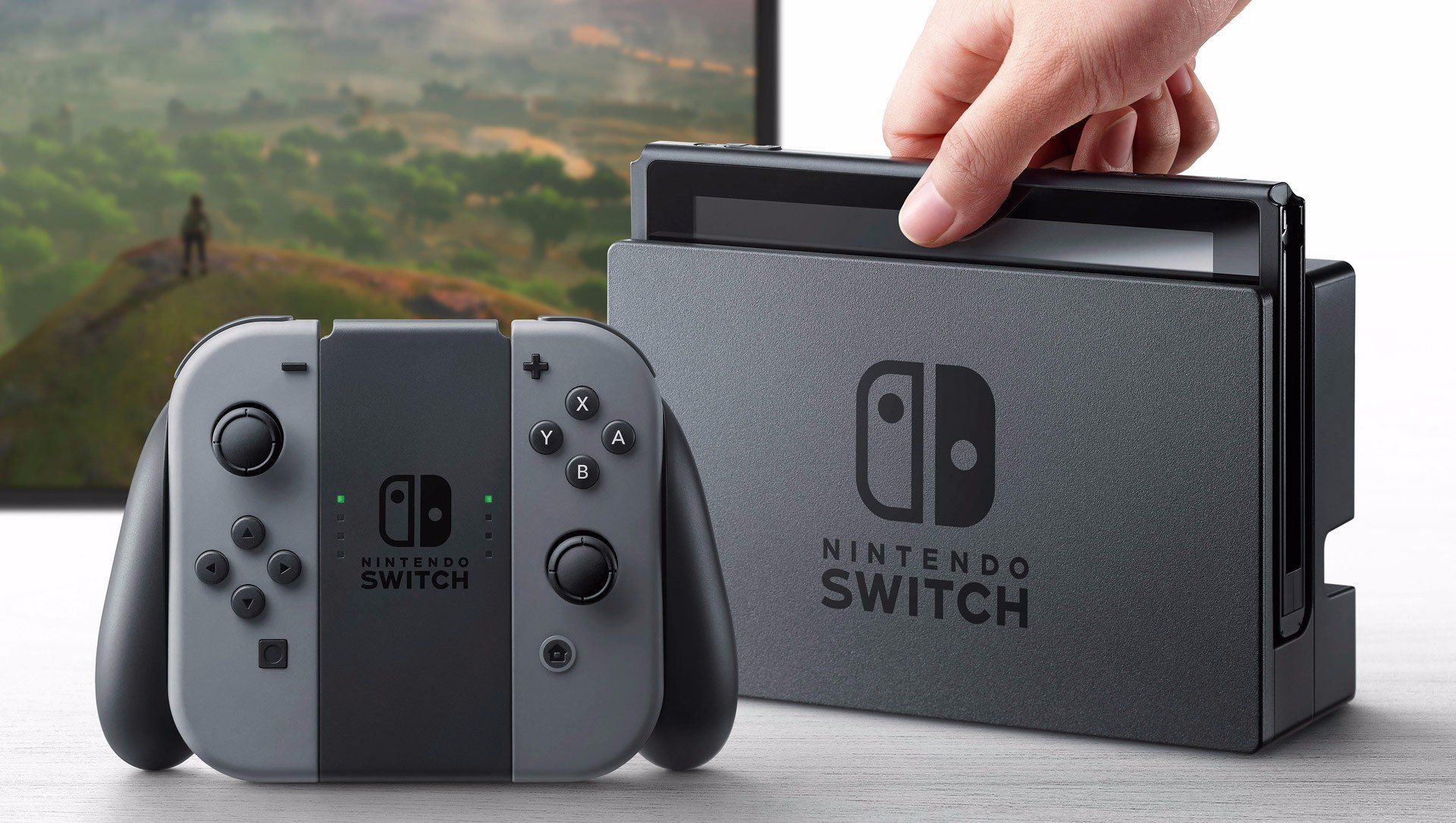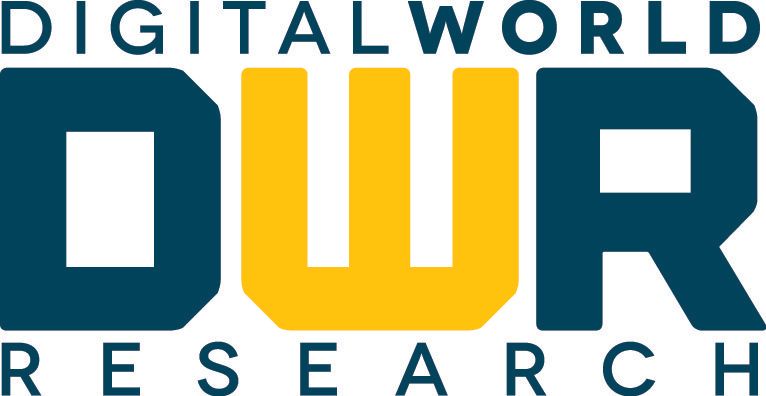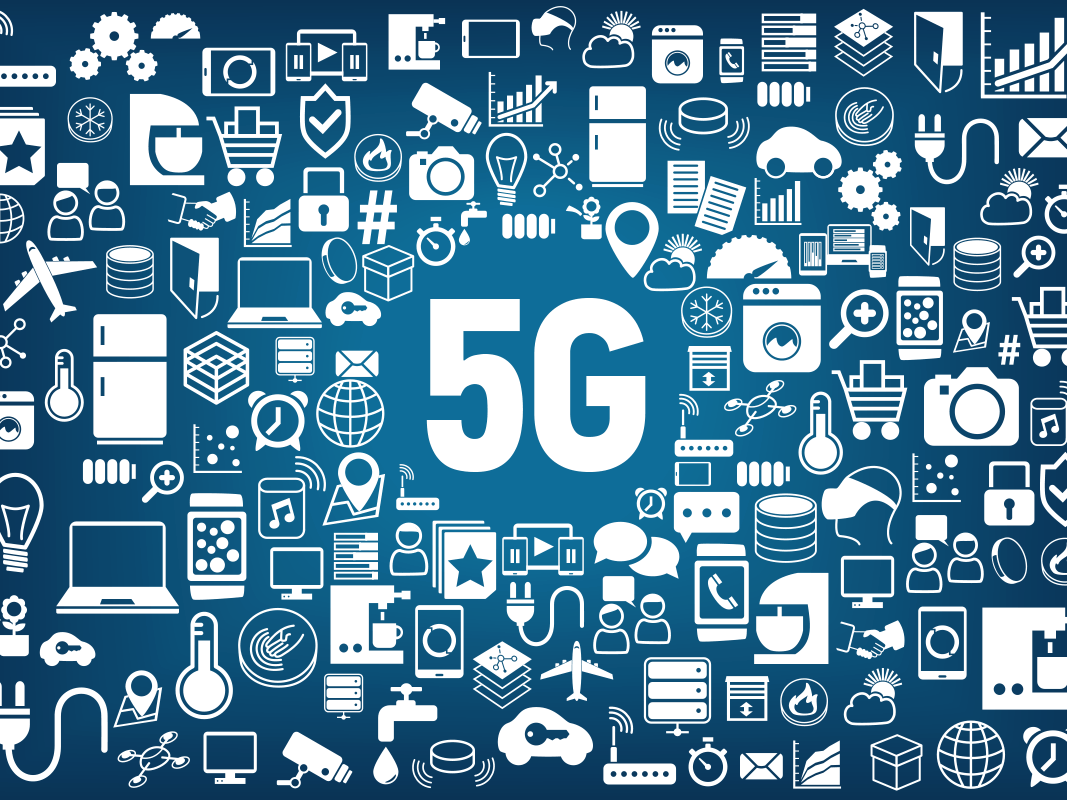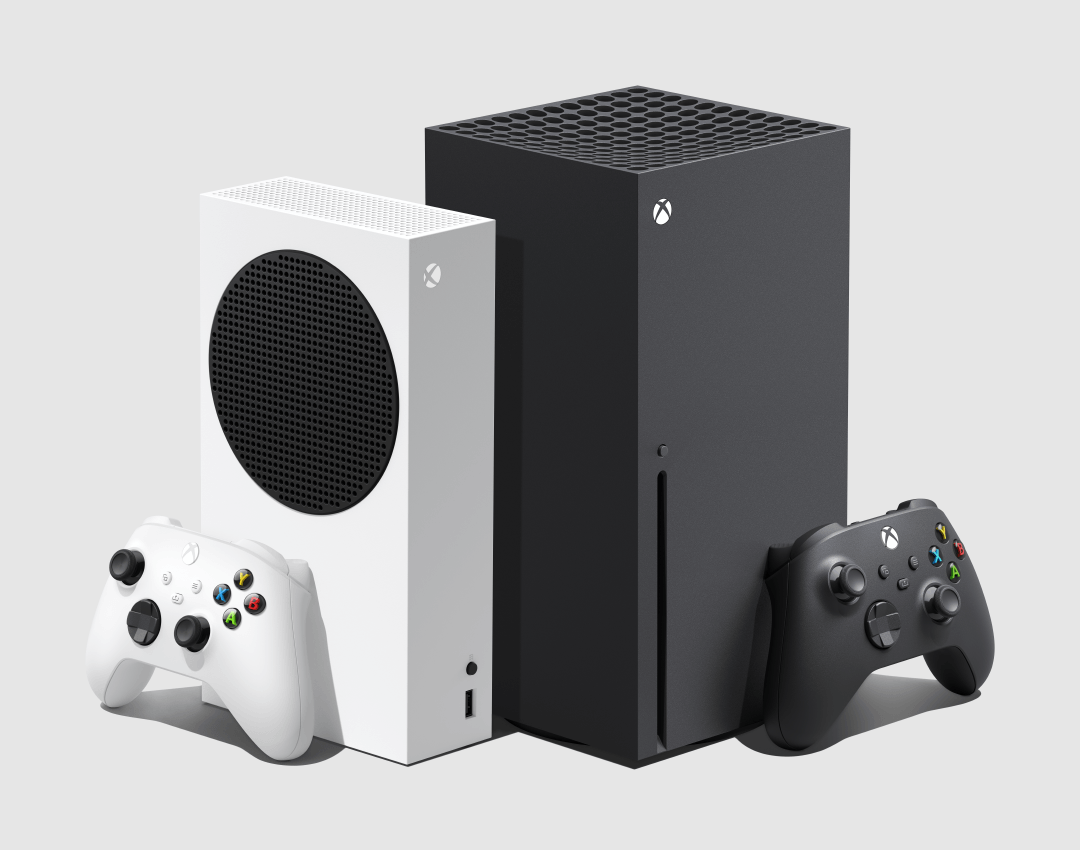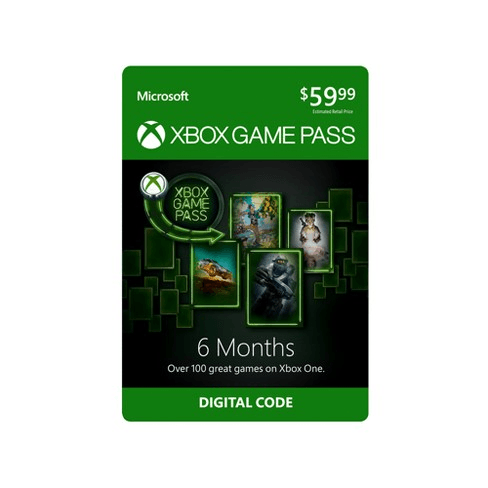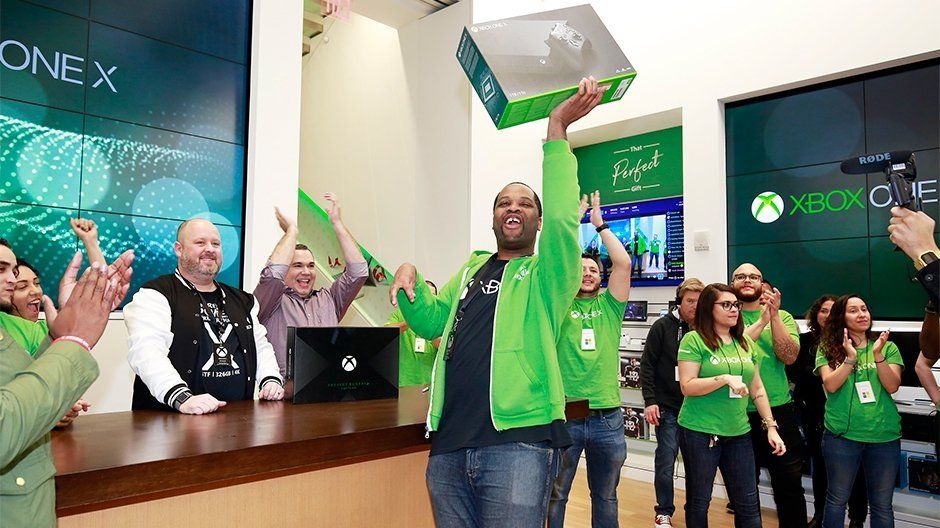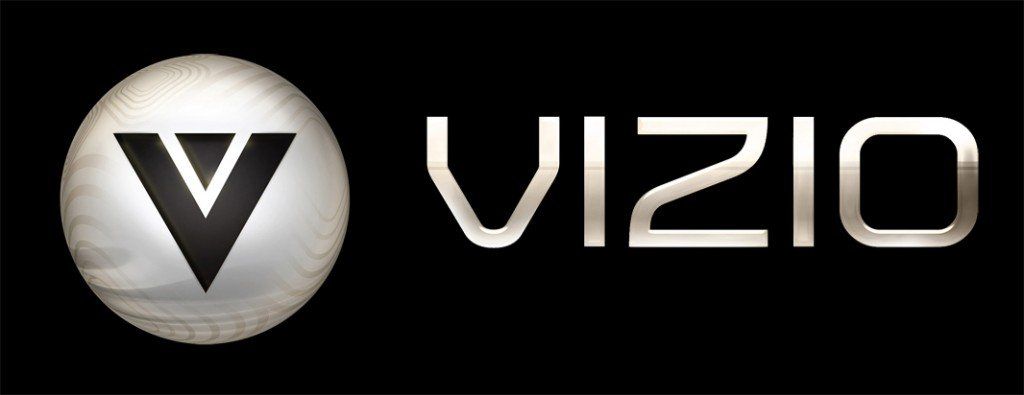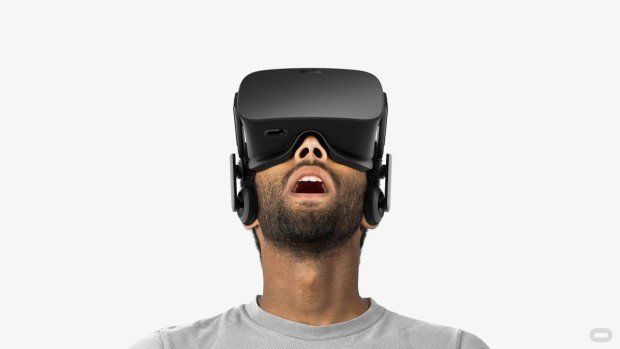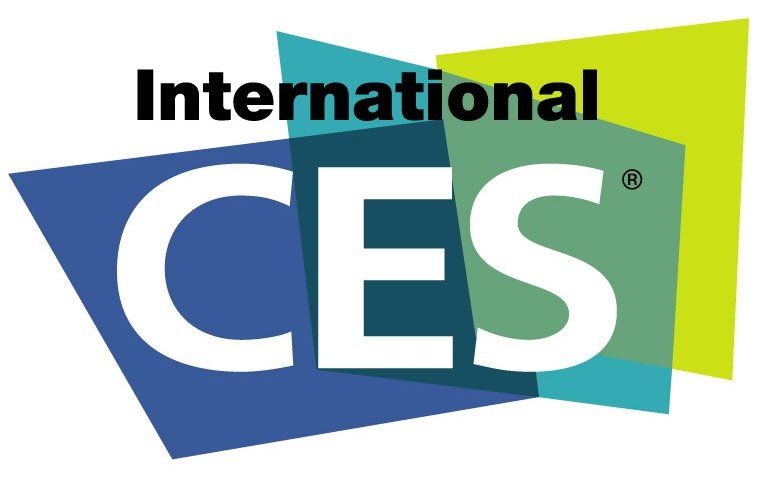Why 5G Matters Now For Video Game Publishers--CES 2018
The business model and planning implication for video game publishers are now becoming clear as 5G is on the cusp of being realized. EDITOR'S NOTE: This report has now been widely published beyond DWR subscribers.
CES 2018--Why Planning for 5G Matters in 2018 for 2020
[Please note: The business model implications of 5G are numerous and this is designed to be a first-pass look at potential scenarios that may arise over the next 20-to-36 months.]
CES 2018 was one of the best shows in the past year, and the tech news leading the way is the promise of 5G. Plenty of 5G news was expected, but one key milestone was hit: Qualcomm announced that the first 5G-enabled phones will ship in 2019, meaning the tests have gone well, the rollout of equipment is on track in 2018, and the 5G chipsets are on track for phones to be shipped in the 2H of CY19.
So 5G matters because, to put it in perspective, the time it would take to download a 2-hour movie:
·over a 3G network (iPhone 4, 2010): 26 hours
·over a 4G network (iPhone 6, 2014): 6 minutes
·over a 5G network (2H 2019): under 4 seconds.
It is important to emphasize that 5G will be a technology solution for delivering content and two-way data comms for all platforms—not just phones--such as tablets, PCs, TVs, cars, game consoles, VR/AR/MR, home routers, etc. The benefits of 5G include:
1. Low latency . This means, for example, that all content can be streamed real-time from the server without needing for any big downloads on the customer/client side. Streaming, for example, a 4K FPS (fast-twitch with need for robust two-way service) will be viable and help limit last-mile problems.
2. Storage requirements get lower. Because more content can simply be streamed, it means that while phones today are increasing in storage amounts, that trend can be reversed with 5G. Consumers will have access to a wider array of potentially cheaper end devices for enjoy entertainment such as 4K movies, high-res audio, and immersive gaming experiences.
3. Data limits on mobile devices could be widely changed, so all-you-can-eat data plans become the norm. This moves the content and services businesses closer to a utility model longer term (10 to 15 years?) as the distribution pipes become so fast that delivery of content moves toward commodity pricing, and eventually, to a metered utility world.
4. The vision of any game, any where, on any platform moves from a Powerpoint slide to reality. The promise of 5G enables delivery of content--finding content and accessing it--simpler and with less friction.
Potential impact on console hardware makers —5G to a console maker is a threat and opportunity. It’s an opportunity to give gamers options about how they want to connect to a service such as Xbox live—wired via ethernet, wi-fi, or through a 5G-enabled device (such as built into the console). If the 2020 time frame is correct, other enabling technologies such as USB 3.0 and HDMI 2.1 should be shipping. While LG was quietly showing off one 120 fps TV panel at CES, the reality is likely later than 2020 for possible model introductions for a variety of reasons. The discussion of 120fps is a longer and different thread.
The advancement of 5G will have similar threads to the arguments made in the past four years that “cell phone gaming will kill the Nintendo DS product line and handheld gaming.” The reality is DS gaming is still strong in Japan, and the introduction of something new instead of iterative from Nintendo will likely come in the next 18 months. Nintendo has a skill set to iterate to extend products (and keep backwards compatibility), and more importantly for Nintendo, to continue to drive revenues from its core IP. So, the expectation of “5G could kill console gaming” arguments are coming, but the position is easily defended: 5G will be additive to the gaming, not cannibalistic as the definition of a “gamer” continues to broaden globally.
Potential impact on retail —Gamestop is not going to be happy (per usual) because wireless delivery of content erodes their core economic driver of used game sales. This means a continued death-by-a-thousand cuts for Gamestop’s traditional gaming business, even though some of its business lines in gaming will have a long tail (used games sales, a potential subscription service for used, sales of in-game currency and gift cards, accessories, new hardware sales, etc.). Its GameTrust publishing label could be the biggest beneficiary of 5G for all the benefits discussed above.
The impact on Amazon, Walmart, Best Buy and Target need to be broken into two groups: Amazon /Walmart, and Best Buy /Target. Amazon and Walmart are a much, much deeper discussion as they both arm themselves for price wars by vertical for consumer market share. Both companies are going to beat up all other retailers whenever they both change their focus on the video game vertical after carving up the food retailer space (currently in motion; see Whole Foods, etc.). The adoption of 5G is solid for virtually every aspect of Amazon’s businesses. It is hard to name a negative impact for Amazon short of potential increased competition for its video streaming business. For Walmart, 5G provides an opportunity to build out its growing online presence with vertical offerings (either building its own service, buying one or partnering) in the short- and long-form TV/film space. But, if Walmart goes in that direction, they need to be moving now to have a service that can be battle-tested with current delivery pipes before the 5G launch. It remains to be seen how important games are to Walmart’s future because its core value remains trying to drive foot traffic into their physical stores, and games are going more and more digital.
Neither Best Buy nor Target have a pronounced online presence but 5G will be a big opportunity for Best Buy to see another bump in high-margin services revenue from a) Geek Squad consumer help with new 5G devices and b) attaching high-margin bounties by bundling/adding subscription services as Netflix to newly purchased device. Best Buy, outside of its Magnolia business, typically sees single-digit margins on hardware sales, so 5G is an opportunity, and if there are more (read: new) subscription gaming services that take advantage of 5G, then working with a company such as Best Buy is a future partnership opportunity. This also assumes that Best Buy continues a moderate downsizing/reconfiguration of store sizes and number of sizes over the next 24-to-36 months.
We don’t have a strong take on Target because it has not followed Walmart’s move to improving its online store and offerings through investments and new, high-profile management hires. The gut feel is that Target is a possible victim of the Amazon/Walmart wars, but we will follow up.
Potential impact on video game publishers —Multiple.
1. Mobile gaming opportunities broaden . While ecosystems such as selling through the Apple App Store will continue, the games themselves can become broader, deeper, richer, with more Live Ops opportunities (and a growth of more F2P games on mobile) because of the ability to have gamers download only a thin client app while the game is streamed live.
2. The inflection point hits for
subscription services
. If a video game publisher has a
broad enough IP portfolio to launch a subscription service, the 5G rollout will
likely be a solid service launch inflection point. It would mean consumers
(gamers) could access any content from a vast library any where, any place, any
time, over a 5G network in a frictionless, contextually relevant engagement.
Frictionless is a key phrase here, too, meaning the single log-on and
identification, transactional layer, social hooks, and communications layer are
already in place, in the background, and easy to use. And, to take it a step
further, are integrated with a user-generated content channel, potential
engagement in e-sports, and synched with a music service.
Please duly note this the Holy Grail scenario, the same one pitched by Sony
with the launch of the PlayStation 2 led by Kutaragi-san. However, they were
still in the AOL dial-up and early DSL eras, with speeds that pre-dated 3G.
This scenario could easily be fleshed out to a much deeper level, both
vertically and horizontally, but the purpose of this piece is a quick reaction
to the CES show.
Potential partnership impacts for video game publishers because of 5G and Net Neutrality ---5G creates new Threats/Opportunities because of changes to Net-Neutrality. Assuming that Net Neutrality does go away under the Trump administration:
·Partnerships with companies such as AT&T or Verizon for access to low-latency delivery will likely become crucial. The partnerships could be by vertical (one for gaming, one for music such as Pandora or Spotify, for video such as HBO Go, Hulu or Netflix), by an aggregated provider (Amazon Prime, complete with its in-house content, or Apple and iTunes), or all of the above as deals are not exclusive.
·Partnerships with companies such as Netflix for a premium subscription (and over a preferred network) service could grow. For one price, a consumer/household could have unlimited access to movies, short-form TV, and video games from a great portfolio.
·Partnerships with automotive makers
become more interesting as more screens and 5G chipsets are built into high-end
autos first, giving video game publishers viable built-in interfaces into cars
(in addition to current grab-and-go interfaces such as the Nintendo Switch or a
mobile phone). While some auto makers have partnered with a company such as
Apple for controlling the entertainment management of cars (see: Audi, BMW),
streaming video and games have not been part of the in-vehicle entertainment
options. Yet.
It is interesting because 12-to-15 years ago, there was plenty of excitement
about how to get music into a car beyond terrestrial radio and satellite radio
(XM/Sirius). Part of the value proposition of XM and Sirius was that for the
most part, you could always listen to their services because of the combination
of satellite coverage and the repeater networks installed in major cities (such
as a repeater outside the Eisenhower Tunnel north of San Francisco). The argument
was “How can you get music into a car that is going 60 mph?” With 5G coming, the
viability of streamed content such as video games into a car going 60 mph is
becoming real.
